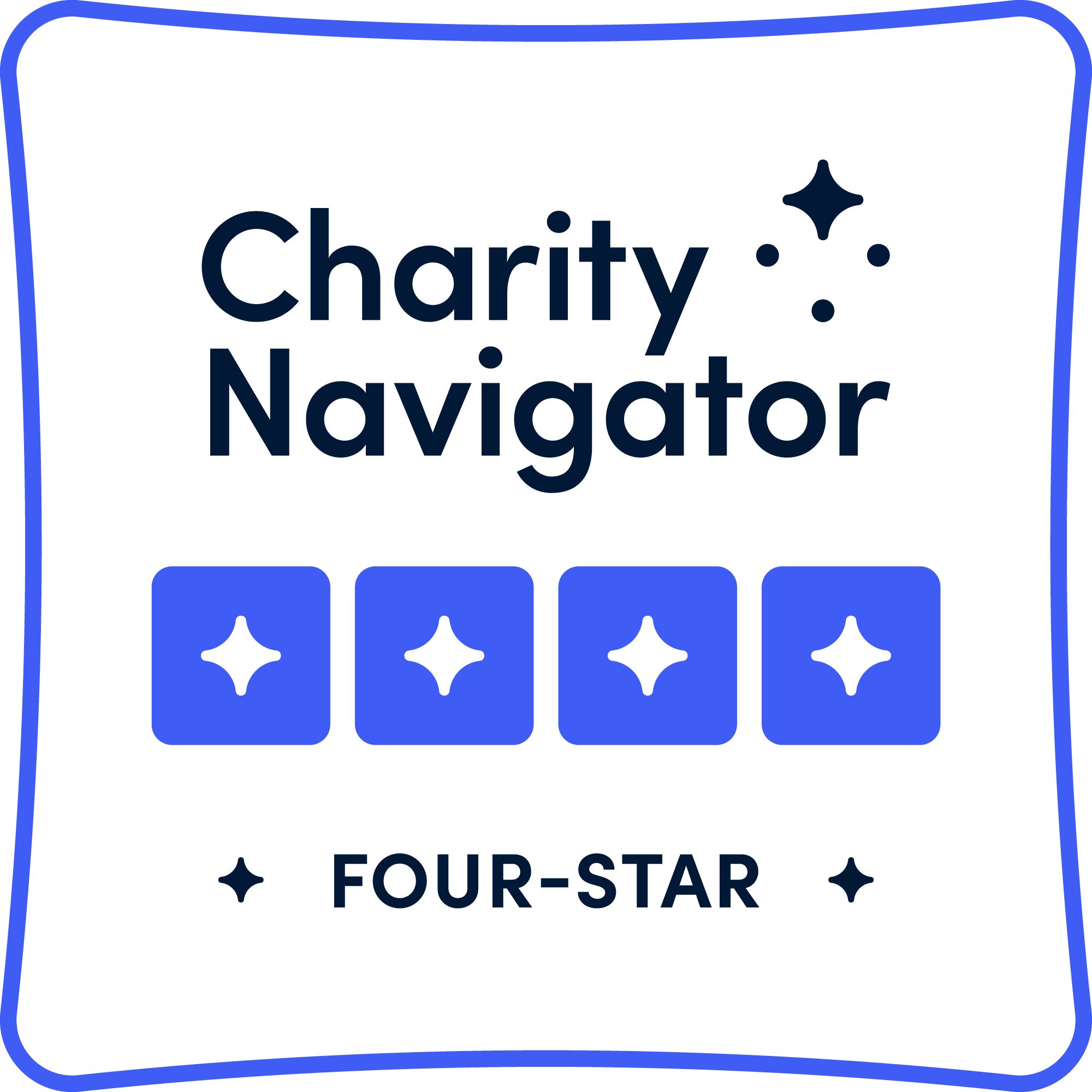Are you a kindergarten teacher looking for high-quality lessons, supporting materials, resources, and activities to bring climate education topics like global warming, increase in greenhouse gas emissions and greenhouse effect, carbon footprint, renewable energy, rise in sea levels, and the effects of human activities on earth’s atmosphere to your classroom? Are you curious about integrating climate change resources into kindergarten curriculums in a developmentally appropriate way? If you answer yes to any of these questions, this list of climate change activities for kindergarten is for you!




















